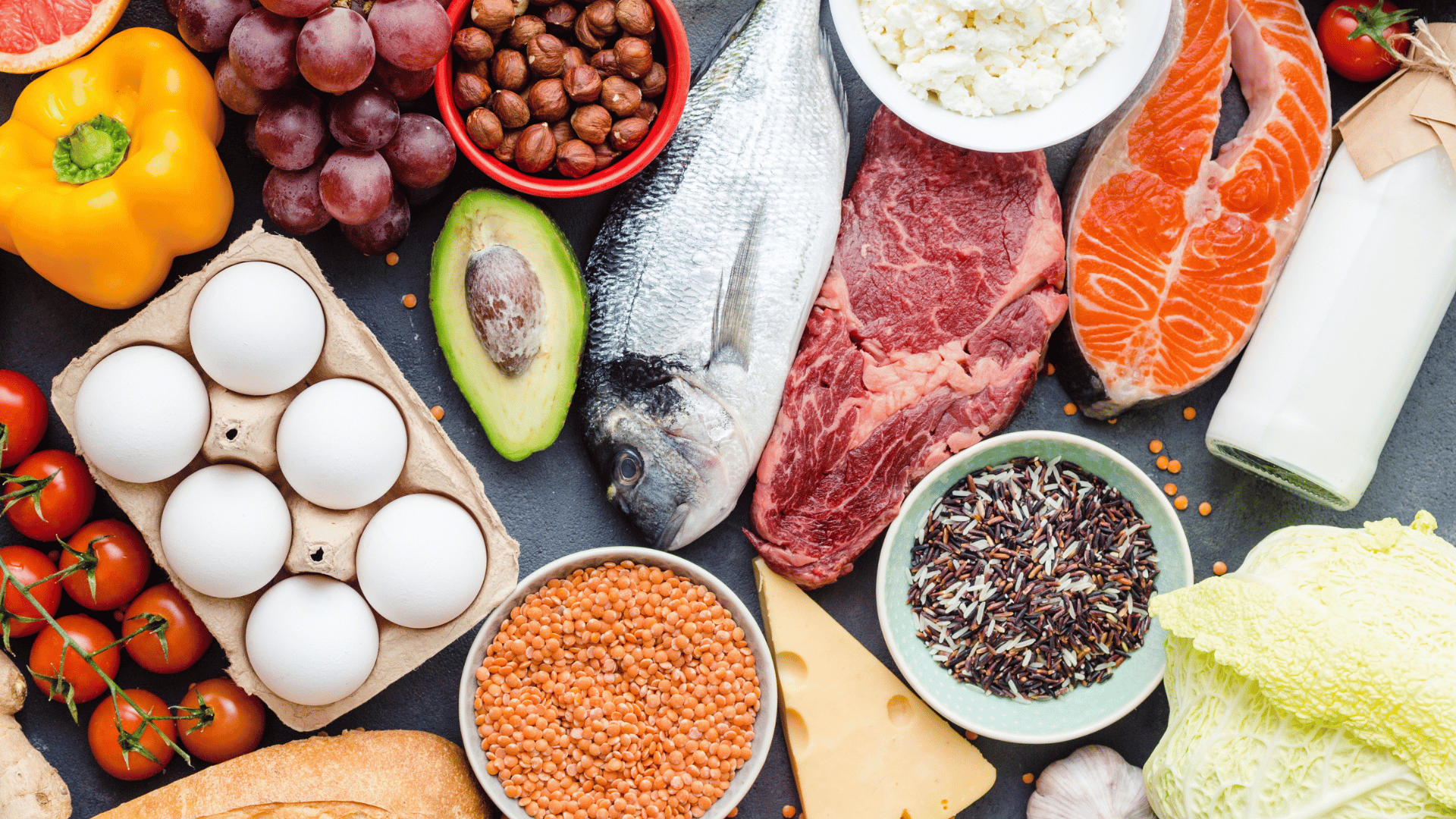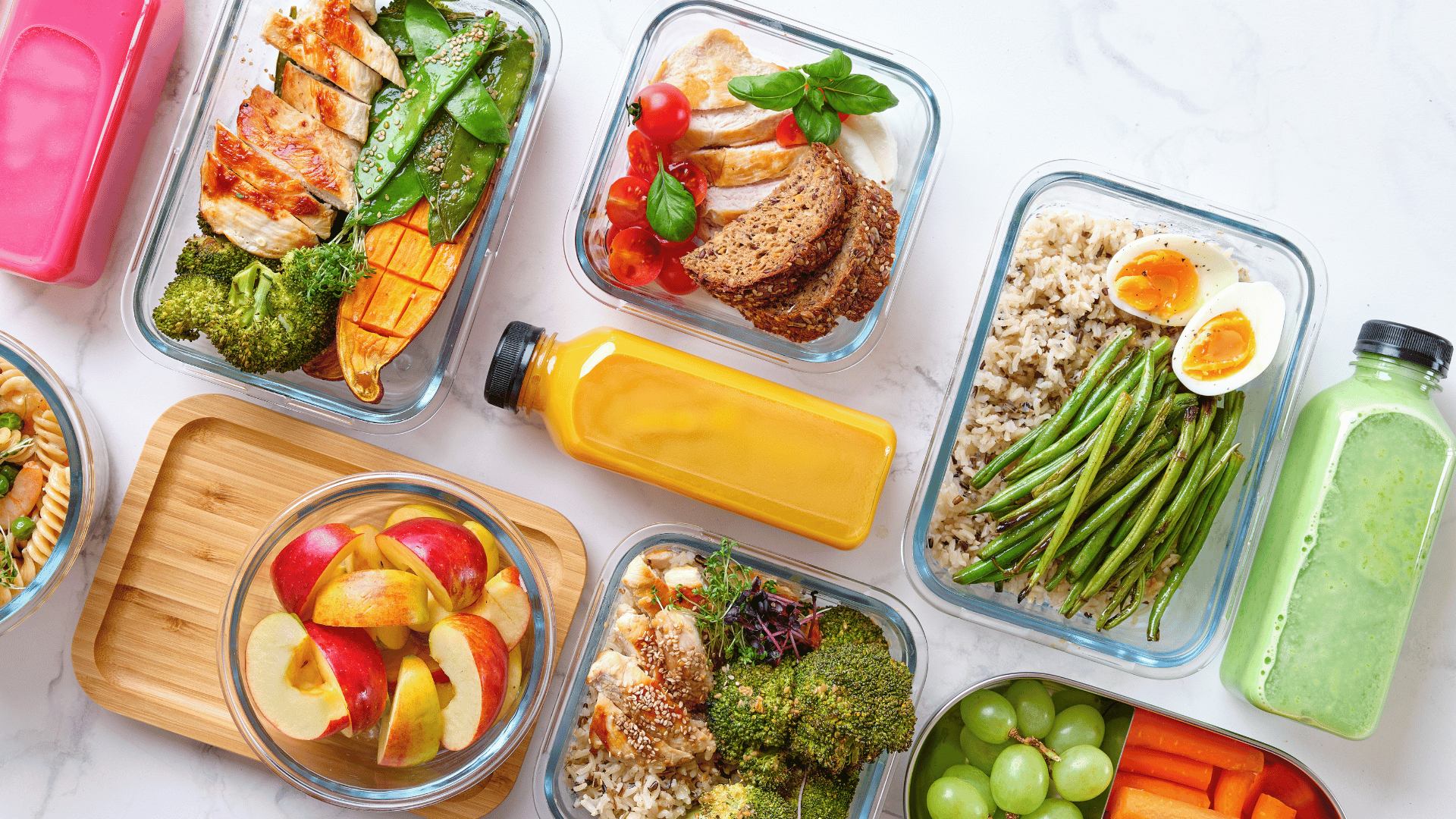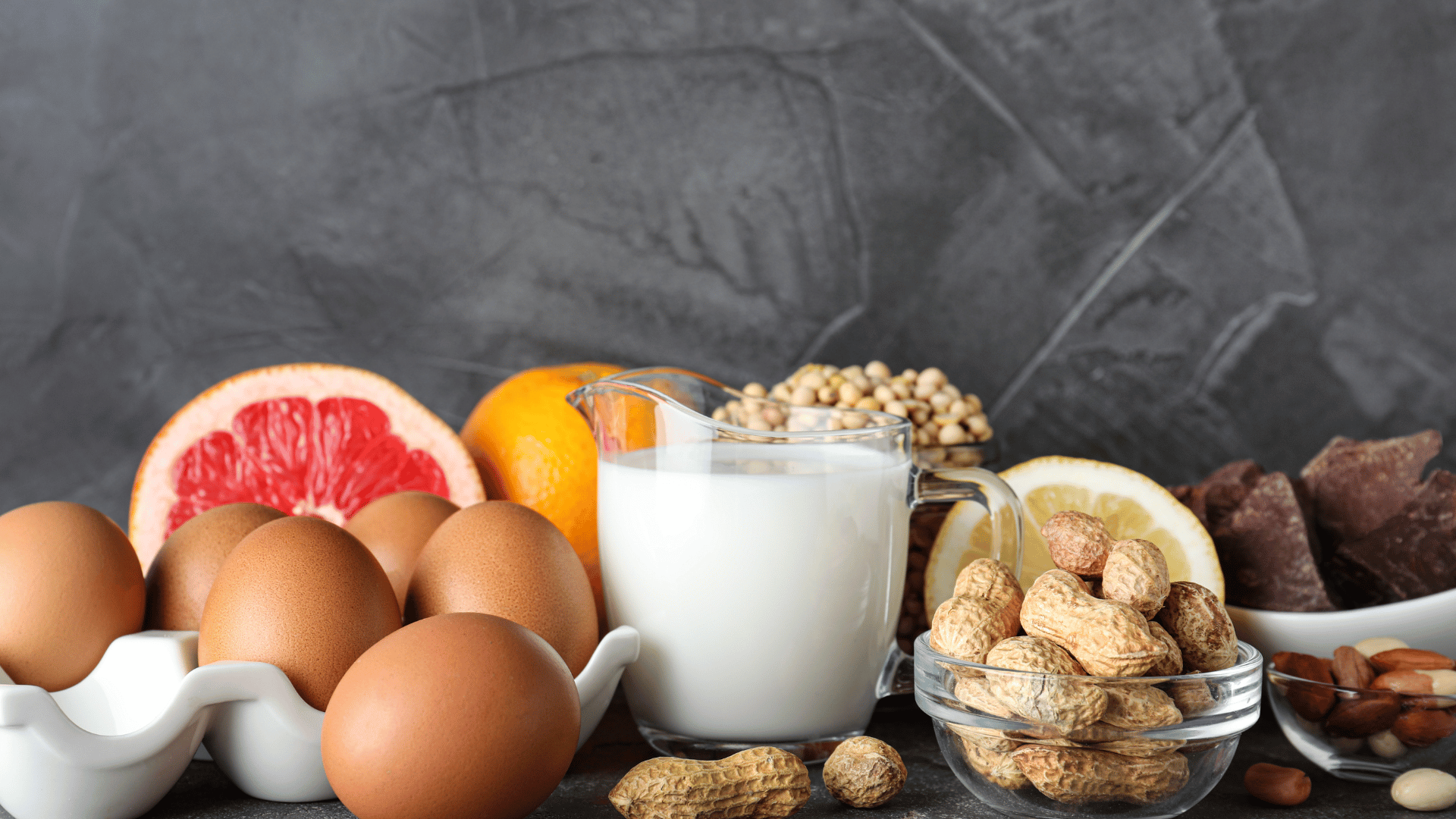
How Recipe Memory Helps Nutritionists and Fitness Trainers Plan With Peace of Mind
When it comes to health and wellness, food isn’t just fuel—it’s structure, rhythm, and routine. For nutritionists and fitness trainers, meal planning is more than a daily choice; it’s the cornerstone of progress, whether you’re guiding clients toward their goals or maintaining your own regimen. The challenge, though, is that even the most disciplined professionals can fall into the trap of last-minute scrambling, mismatched grocery trips, or plans that fall apart when life gets busy.
That’s where Recipe Memory comes in. Built to support not only families and home cooks but also health professionals, Recipe Memory turns planning into peace of mind. With recipes, gatherings, and meal plans all organized on one simple calendar, it’s easier than ever to align nutrition strategies with fitness goals. Trainers and nutritionists alike can create structure for themselves or collaborate with clients to build intentional, balanced plans that actually stick.
Why Structured Meal Planning Matters
For many people, fitness and nutrition plans fail not because of a lack of effort but because of a lack of clarity. Workouts get logged, but meals are left to chance. Grocery trips happen without a clear list, leading to wasted food or missing ingredients. And clients who are highly motivated in the gym often feel defeated when dinnertime rolls around without a plan.
Structured meal planning changes that dynamic. It gives every meal a role in the bigger picture, creating consistency and balance. For professionals, it’s also about credibility: when clients see their coach or nutritionist working from a clear plan, they feel confident in following suit.
How Recipe Memory Simplifies Professional Meal Planning
Recipe Memory was designed with flexibility in mind, making it just as effective for a busy parent as it is for a fitness coach building out client programs. Here’s how it helps professionals plan with peace of mind:
- All-in-one calendar: Recipes, gatherings, and weekly meal plans live on one dashboard, so there’s no guesswork about what’s coming next.
- Customizable plans: Adjust meals around allergies, dietary restrictions, or cuisine preferences with ease—essential when creating individualized nutrition plans.
- Client collaboration: Share plans directly with clients, allowing them to view their weekly meals, prep ahead, and stay accountable.
- Integrated shopping lists: Every recipe translates seamlessly into a shopping list, cutting down on wasted groceries and last-minute store runs.
- Recipe variety: Professionals can pull from trusted, saved recipes to balance macros, diversify flavors, and keep motivation high.
Real-Life Scenarios for Nutritionists and Trainers
Let’s look at how Recipe Memory works in practice for professionals and their clients:
- The Performance Client: A trainer is working with an athlete who needs high-protein, nutrient-dense meals to support training. With Recipe Memory, they plan a week’s worth of meals, layering recipes like grilled salmon with roasted vegetables and overnight oats with protein boosts. The client can see the plan, shop with confidence, and stay fueled for peak performance.
- The Weight Loss Journey: A nutritionist builds a calorie-controlled plan for a client aiming to lose weight sustainably. By scheduling recipes in Recipe Memory, the client avoids impulse food choices, sticks to portion sizes, and sees measurable results week after week.
- The Group Challenge: A trainer runs a six-week fitness program with ten clients. Instead of sending out static PDFs, they use Recipe Memory to share weekly menus, grocery lists, and prep tips. Clients feel like they’re part of a cohesive program, and adherence improves dramatically.
The Fitness Connection: Pairing Workouts With Meals
Food and training are inseparable. Pre-workout meals that provide energy, post-workout recovery meals that support muscle repair, and balanced day-to-day nutrition all contribute to results. With Recipe Memory, trainers can align meal schedules with workout intensity. A high-carb dinner before leg day, a protein-focused breakfast after a heavy lift, or lighter meals on rest days—these nuances are easy to plan when everything is visible at a glance.
Nutritionists: Elevating Client Care
For nutritionists, Recipe Memory becomes a practical extension of their expertise. Instead of giving clients generic meal plans, they can build tailored menus that reflect both medical needs and lifestyle preferences. A client with celiac disease, for example, doesn’t just need “healthy meals”—they need gluten-free recipes that are satisfying, easy to prepare, and nutritionally sound. With Recipe Memory, those recipes can be scheduled in advance, paired with grocery lists, and adjusted week to week as progress is tracked.
Benefits Beyond the Plate
Planning with Recipe Memory creates ripple effects that extend well beyond the kitchen:
- Consistency: Structured meal planning keeps clients from drifting off-course during stressful weeks.
- Accountability: Shared plans make it clear what’s expected, and clients feel more motivated to stick to the program.
- Stress reduction: Both professionals and clients save mental energy by removing the nightly “what’s for dinner?” debate.
- Reduced waste: Grocery shopping becomes purposeful, with less food ending up in the trash.
- Confidence: Clients feel empowered when they know exactly what to eat, when to eat it, and why.
Tips for Professionals Using Recipe Memory
Here are a few strategies to maximize Recipe Memory’s potential as a nutrition and fitness planning tool:
- Start simple: Build a base plan of go-to recipes you trust, then expand variety once clients feel comfortable.
- Plan recovery meals: Don’t just focus on workouts—include recipes that promote rest, repair, and overall wellness.
- Educate through the app: Use shared meal plans as a teaching tool. Add notes on why certain meals appear where they do (e.g., high protein post-training).
- Adjust weekly: Keep plans dynamic. Review client feedback and progress, then tweak recipes and schedules for optimal results.
- Leverage gatherings: Encourage clients to use Recipe Memory for family events or holidays so they can stay on track even outside of routine weeks.
Peace of Mind, Served Daily
At the end of the day, health isn’t just about discipline—it’s about sustainability. Nutritionists and trainers know that lasting progress comes from habits that fit into real life. Recipe Memory offers the structure needed to stay consistent while also keeping plans flexible enough to adapt when schedules shift.
Whether you’re a professional planning your own meals or building programs for clients, Recipe Memory transforms the way you approach food. No more piecing together spreadsheets, text chains, or scattered recipe links. Just a clear, supportive system that makes nutrition planning simple, inclusive, and effective.
Key Takeaway
Recipe Memory gives nutritionists and fitness trainers the tools to plan meals with peace of mind—for themselves and their clients. By integrating recipes, calendars, and shopping lists in one place, it provides clarity, accountability, and balance. The result? Stronger adherence, reduced stress, and healthier outcomes that last. With Recipe Memory, disciplined planning doesn’t feel like a chore—it feels like freedom.
Love what you’re reading?
Join Recipe Memory today to save your favorite recipes, plan meals with ease, and create smart grocery lists ...all in one place.







